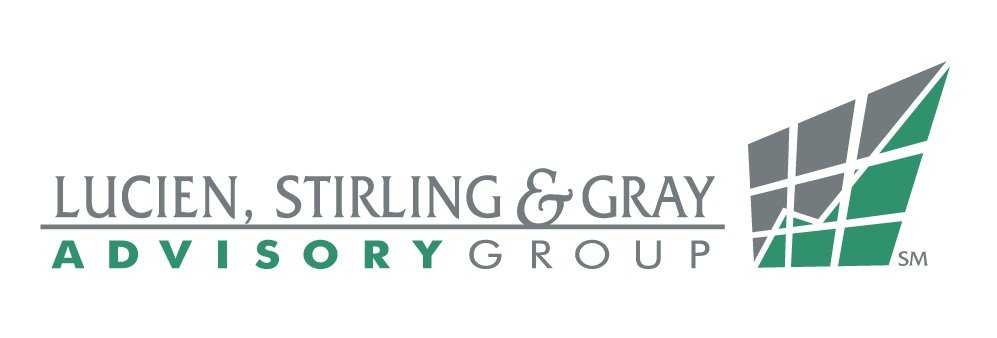President's Message
Article By Thomas Twombly, President
Artwork by Daisy Lopez, Staff Accountant
“We walk backwards into the future with our eyes fixed on the past”
– Māori proverb –
One of the benefits of having written these quarterly missives for more than 20 years is the ability to look back with the benefit of hindsight and grade my own work. Another is the opportunity to revisit thoughts I developed years ago, and to update and reinforce them in a whole new context.
The following three italicized paragraphs are lifted directly from our Fourth Quarter report of 2011, the entirety of which you can find here: https://static1.squarespace.com/static/5c6d87445239588e87e07a58/t/61f96cce421e82337a0abfe9/1643736271529/Q4-2011.pdf Even if I say so myself, it’s worth a read. The message still applies, and it might serve as a good booster.
In a digital society obsessed with the 24-hour news cycle, and everyone tied to “smart” phones, social media, tablet computers, and yammering heads on cable news channels, it’s a challenge to step back and take a multi-year, multi-generational view of anything. This seems especially true of healthy wealth-building behavior. Like moths to a flame, we’re mesmerized by the urgency of the moment. Our endurance wears thin, and our anxiety levels rise as we struggle to drink from a fire hose of information that masquerades as the key to success – or survival. Patience, perspective, and discipline suffer mightily in such an environment.
Additionally, since the dawn of the industrial revolution we have developed a cultural pre-disposition to view life in linear terms. This too detracts from our perspective, because unlike our previous agrarian economy, where the rhythms of life were dictated by a deep-seated societal understanding and acceptance of the changing natural seasons, we’ve now lost contact with the constant reminder that virtually everything around us is cyclical. Instead, linear thinking puts us in ruts and restricts our ability to prepare for the future. When things have gone well, we giddily believe that they will continue on uninterrupted – in linear fashion. Conversely, when we experience a period of adversity, we believe that too is a permanent linear condition. These beliefs impact our behavior – often to our detriment.
A more intimate connection to nature and history, however, belies these beliefs. In the past, because he knew that all of life ebbs and flows, following a constant cycle of birth, growth, maturity, decline, death and rebirth, the wise agrarian invested for it well in advance. He knew that winter would come, and growth would go dormant for a while. But he also knew that spring eventually followed, and patience and discipline would be rewarded. So it is with the long-term cycles of financial markets too, as you’ll see below…
So now let me share an updated version of the chart I first shared in early 2012, along with some additional thoughts that it brings to mind today.
This too shows the rolling 10-year returns of the S&P 500. Each bar represents the end results of a hypothetical $100,000 invested at the beginning of each period. The bar on the far left depicts the ten-year period that began on 12/31/1927 and ended on 12/31/1937. It includes The Great Depression. The bar on the far right depicts the ten-year period that began on 12/31/2011 and ended six months ago on 12/31/2021. I would be surprised if you didn’t recognize the long-range cyclical forces that appear to be at work in the financial world.
Obviously, this picture does not include the first six months of 2022. This is by design. First, I didn’t want to alter the broad picture perspective by abruptly changing the illustration method. More importantly, I didn’t want to add to the already prodigious pile of shrieking commentary about all that has happened in that comparatively short period – an experience that will likely become insignificant in the memories of true long-range investors if history is any guide at all.
Let me just point out that 6 months is only 5% of a 10-year period. In other words, 95% of the ten-year period that started on January 1st of this year is still completely unknown. There is not a soul in the world that can tell you for certain what is going to happen. But that 10-year period is the timeframe we should all be investing for, and the one beyond that.
In between now and December 31, 2032, we will see each successive year’s annual results added in turn to this rolling return chart, while the annual results we already know for each of the past calendar years will gradually roll off, one by one. The +16% annual return of 2012 will soon be replaced by the full year’s result for 2022 when we update this chart next. (So, I would bet the next bar will be shorter than the last.) And then at the end of 2023, the +32.4% return of 2013 will drop away as yet another unknown quantity is added…and so on and so forth… Looking backwards, you can see similar fluctuations at work.
But there are no facts about the future. There are no guarantees that the long-range cycles of history will continue. I don’t profess to know anything for sure.
I am a stalwart investor in equities, nonetheless, and I will be for years to come. Because if the broad, extended-term cycles of economic history do continue as they have since long before I was born, it suggests to me that the current paroxysms of fear and loathing towards the stalwart ownership of the great companies of the world will abate in due course, and those of us who have managed to curb our darker impulses in the interim will again be rewarded in the fullness of time.
Thank you again for your confidence and trust. And keep the faith.
Thomas G. Twombly
President


